Japanese Chin Dog Breed
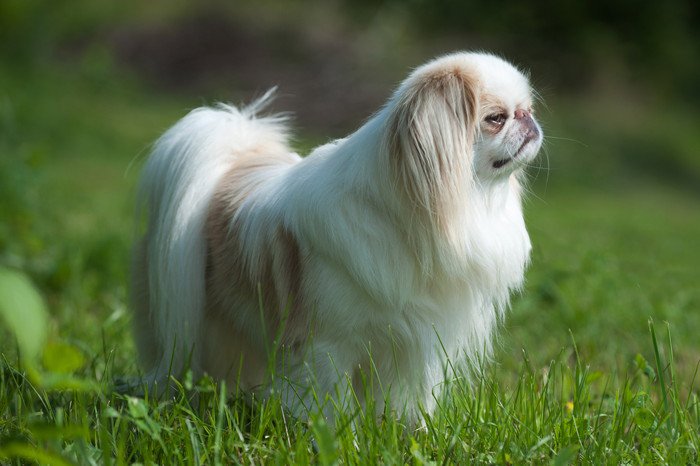
The Chin possesses a physique that seems to epitomize Japan’s intricate traditions and culture.
Its balanced square frame, reminiscent of the delicate craftsmanship found in Japanese artisans, is complemented by gracefully drooping ears and a short muzzle.
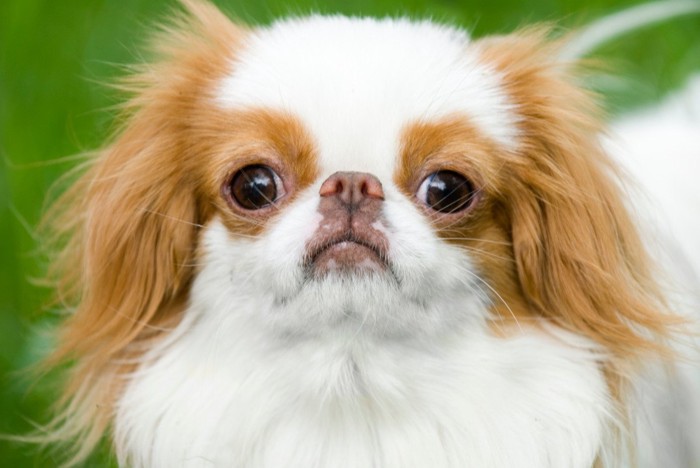
Slightly spaced, large eyes evoke the aesthetic sensibilities of Japan’s bygone eras.
Coat Color

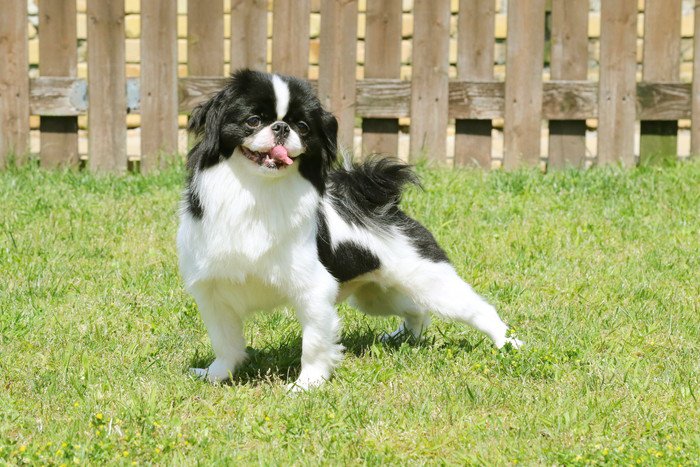
The Chin’s coat is characterized by its primary white hue with black or reddish-brown patches.
These patches ideally symmetrize around the eyes and extend to the ears.
Each distinct pattern has a specific name and is finely classified.
Coat Type

The Chin’s fur has a silky long coat touch, with slight variations in length among different dogs.
While traditionally described as a single coat, there’s a recent argument suggesting it might have attributes of a double coat.
This notion might be linked to the shedding amount.
Yet, the Chin is commonly known to shed minimally.
Size

The Chin, a dog breed native to Japan, typically has a shoulder height ranging from 20-25cm for males and 20-23cm for females. This size is particularly well-suited for Japanese households, making them easy to care for and widely adored.
Weight
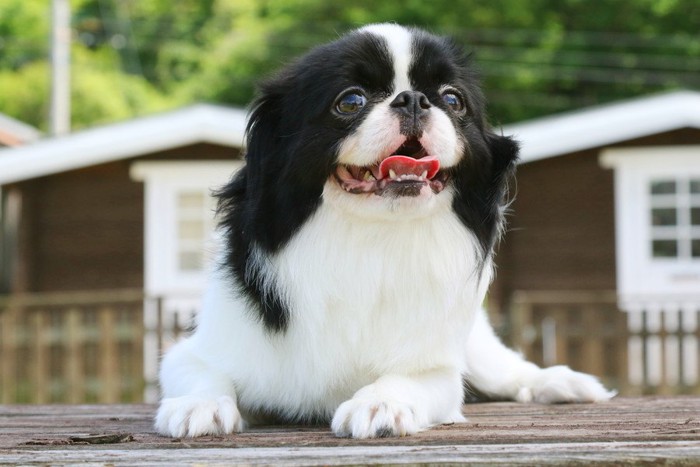
In Japan, a Chin’s average weight typically ranges between 3 to 6kg.
This weight range is seen as standard for households keeping them as pets.
However, their weight can vary depending on factors such as living conditions, health status, diet, and daily activities.
Lifespan
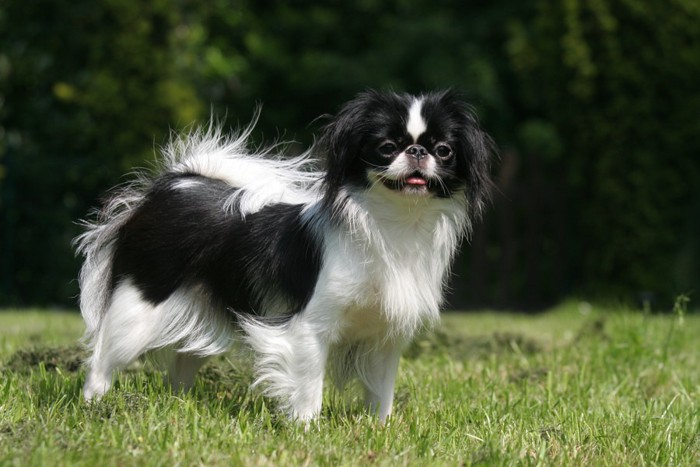
The average lifespan of the Chin is considered to be between 12 to 14 years, aligning with the typical lifespan range of 12 to 15 years for small breeds.
Generally, small breeds tend to live longer than larger ones.

However, in recent times, there have been increasing instances of Chins living healthily for over 15 years.
Hence, with appropriate health care, one can aim for a longer companionship with their beloved Chin.
Trainavility

While the Chin dog boasts intelligence and heightened sensitivity, their pronounced independent streak also stands out.
In alignment with Japanese educational traditions, their training requires patience and consistency.
An approach that encourages their desirable behaviors through positive feedback and praise proves most effective.
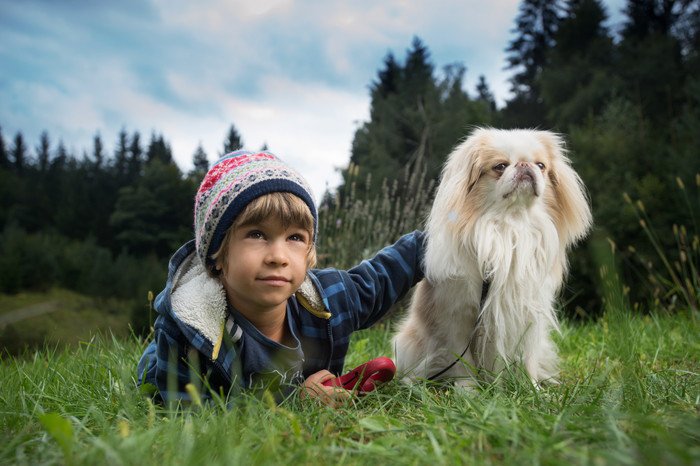
Short, frequent training sessions yield the best learning outcomes while maintaining the Chin’s focus.
Emphasizing harmony and trust as deeply rooted in Japanese culture, it’s essential to avoid excessive reprimands.
By nurturing a deep trust between the owner and the Chin, a smooth guidance process is achieved.
Exercise

While the Chin dog might sometimes be perceived as a medium-sized breed, in Japanese households,
they are cherished as small dogs due to their petite stature. Even with their moderate energy levels, they don’t demand excessive physical activity.
In the rhythm of traditional Japanese lifestyles, morning and evening strolls are their primary activities.
Two daily walks, each lasting 20-30 minutes, suffice to meet their exercise needs. Letting them off the leash for playtime during these walks significantly boosts their mental well-being and sociability.

The Chin’s playful nature means that light indoor games and toys are an indispensable part of their daily joys. Through such engagements, they maintain both physical and mental health.
However, given Japan’s intense summer heat, it’s crucial to avoid prolonged activity under the harsh sun. As Chins are prone to heatstroke, it’s advisable to choose cooler times of the day for their summer strolls.
In essence, caring for a Chin reflects the serene daily routines in Japanese homes, emphasizing the importance of gentle activities through walks and indoor play.
Feeding

The Chin is a delicate small dog cherished in Japanese households.
Embracing the Japanese value of balance and harmony, even the Chin’s diet is no exception.
To maintain their muscles, healthy skin, and hair, it’s essential to incorporate high-quality animal proteins, reminiscent of those in traditional Japanese cuisine, like fish and chicken.
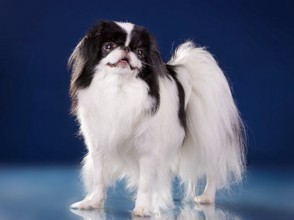
As observed in classic Japanese dishes, essential fatty acids like Omega-3 and Omega-6, sourced from fish oil and flaxseed oil, are highly recommended.
Moreover, aligning with the philosophy of Japanese cuisine, it’s vital to ensure that a Chin’s carbohydrate intake remains balanced, opting for quality carbs in their meals.
Temperament

The Chin, bearing the weight of Japanese history and culture, naturally possesses deep bonds and loyalty in its character.
It warmly approaches familiar faces and families, yet often exhibits the traditional Japanese traits of caution and circumspection towards new encounters.
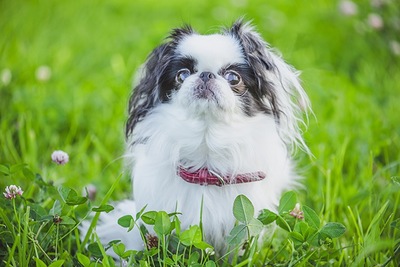
The Chin, in its delicacy, prefers a serene and stable environment, resonating with Japan’s tranquil customs.
While it’s intelligent and quick to learn, its distinctive Japanese spirit of independence means that training requires patience.
They enjoy daily walks and light play, without demanding excessive exercise.
And, much like the Japanese approach to change, the Chin is careful in new situations, often taking its time to adjust.
History
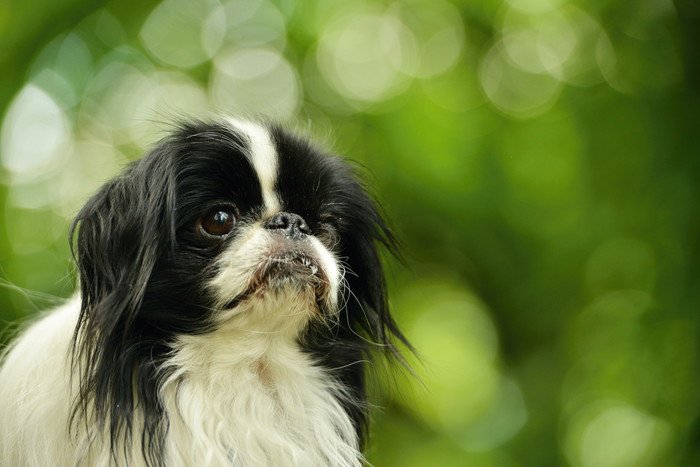
The Chin, deeply interwoven with Japan’s history, has been cherished since ancient times.
During the Heian era, the Chin’s elegance and beauty already captivated the hearts of court ladies and aristocrats. They regarded the Chin as an exquisite presence, establishing its prestige in Japan’s elite culture.

Multiple theories surround the Chin’s origin, whether it was a gift from China or a breed unique to Japan, its true roots remain enigmatic. Nevertheless, the Chin’s significance in Japanese culture and history is undeniable.
As modern times ushered in various foreign breeds, the allure of the Chin remained undiminished, earning adoration even in ordinary households. Carrying its history and Japan’s traditions, the Chin’s beauty and grace are still celebrated both domestically and internationally today.
Grooming

The grooming and trimming of the Chin’s coat reflects the traditional Japanese aesthetic and delicacy, leaving it up to the discretion of the owner. Not every owner trims in the same manner; many choose to merely tidy up around the face and rear to prevent the long coat from tangling.
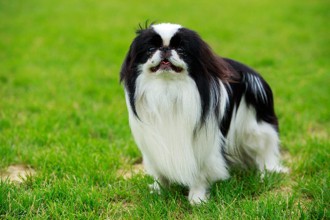
Consistent with Japan’s meticulous way of life, regular brushing is indispensable to maintain its beauty.
Health
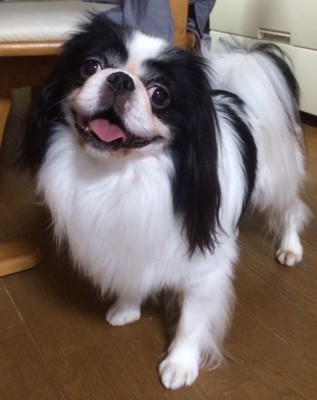
In Japan, dog lovers are well-aware of the Chin breed’s vulnerability to symptoms such as “easily dislocating knee joints” and “difficulty in returning dislocated joints.” These conditions might arise due to genetic factors or minor everyday accidents.

Embracing dogs as cherished family members is a deep-rooted culture in Japan, which emphasizes the importance of precise veterinarian diagnoses. Typically, these symptoms are graded from levels 1 to 4. A common precaution in Japanese households includes using carpets on slippery floors to minimize the strain on the Chin’s knees.
For severe cases, surgical intervention might be considered. However, in Japan, pet owners prioritize thorough discussions with veterinarians before proceeding with such treatments.

